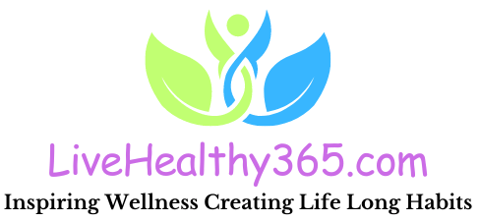The Unseen Impact of Injury and Violence


Healing Beyond the Physical Wounds
Injury and violence are stark realities of our world, often leaving scars that go beyond the physical. They disrupt lives, shake communities, and bring untold emotional and psychological pain. Understanding the impact of injury and violence is crucial for healing and prevention. Let’s dive into this topic with a blend of seriousness and humor because, as they say, laughter can be a powerful remedy.
The Reality of Injury and Violence
Injuries, whether accidental or intentional, can have profound effects on individuals and society. From car accidents and sports injuries to domestic violence and street crimes, the spectrum is vast and daunting. The World Health Organization reports that injury and violence are among the leading causes of death worldwide, particularly among young people.
Humorous Take: Think of life as a game of dodgeball. Sometimes, you’re agile and quick, dodging every ball thrown your way. Other times, you get hit squarely in the face. The key is to get back up, even if you have a nosebleed and a bruised ego.
The Emotional and Psychological Impact
Beyond the immediate physical harm, injury and violence leave deep emotional and psychological wounds. Victims often experience anxiety, depression, and post-traumatic stress disorder (PTSD). The journey to recovery is not just about mending bones or healing cuts but also about finding peace of mind and reclaiming a sense of safety.
Humorous Take: Imagine your brain as a computer. Sometimes it gets a virus (trauma), and you need to run a lot of anti-virus software (therapy, support groups) to get it back to its optimal performance. And just like with computers, it’s okay to ask for tech support.
The Ripple Effect
Injury and violence don’t just affect the victim; they have a ripple effect on families, friends, and communities. Loved ones often find themselves in the role of caretakers, navigating their own emotional turmoil while providing support. The economic impact is also significant, with medical bills, lost wages, and legal fees piling up.
Humorous Take: If injury and violence were a bad movie, they’d be the ones where everyone leaves the theater feeling a little worse. The plot’s terrible, the acting’s painful, and no one really wins an Oscar. But, unlike a bad movie, this is real life, and we need to work on better scripts and happy endings.
The Path to Healing
Healing from injury and violence is a multifaceted process. It involves medical treatment, psychological support, and often, legal intervention. Rehabilitation programs, counseling, and community support play crucial roles in helping victims rebuild their lives.
Humorous Take: Think of the healing process as putting together a jigsaw puzzle. Sometimes, the pieces seem to fit perfectly, and other times, you’re convinced the manufacturer left out a piece. The important thing is to keep going, even if you need to take a break and have a snack.
Prevention is Key
Preventing injury and violence requires a proactive approach. Education and awareness campaigns, community programs, and stricter enforcement of laws are essential. It’s about creating environments where people feel safe and supported.
Humorous Take: Prevention is like installing a security system in your house. It’s a bit of an investment, and sometimes it feels like overkill, but when it stops a burglar (or a metaphorical bad day), you’re grateful for every penny spent.
The Role of Support Networks
Support networks are invaluable in the recovery process. Friends, family, and community organizations provide the emotional and practical assistance needed to navigate the aftermath of injury and violence. Their role cannot be overstated.
Humorous Take: Your support network is like your personal cheerleading squad. They’re there to lift you up, shout encouragement, and occasionally do a goofy dance to make you smile. Embrace them and let them cheer you on.
Conclusion
Injury and violence are harsh realities that require comprehensive approaches to healing and prevention. By understanding their impact, promoting awareness, and fostering strong support networks, we can make strides toward a safer, healthier world. Remember, healing is a journey, and it’s okay to ask for help along the way. With the right tools and support, we can overcome even the most challenging obstacles.
Share Your Success Story
Be Our Inspiration


